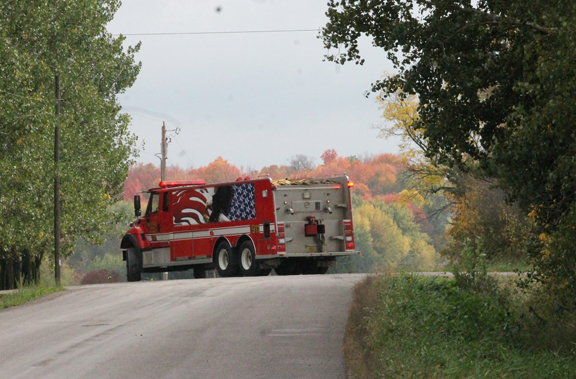– Climate and Health Effects –
– Climate and Health Effects –
Environment and injustice are words we have not recognized, nor valued enough, regarding their importance to our health and well-being. What is environmental injustice?
Environmental injustice is the disproportionate exposure of low-income communities and people of color, to environmental hazards such as pollution, industries’ production and processing byproducts, landfills and power plants. These communities shoulder the negative climate change effects impacting communities’ overall health.
Environmental injustice also includes the unequal distribution of environmental harms, burdens and benefi ts allocated through our laws, regulations, policies and programs. Some examples of environmental injustices include inadequate access to healthy foods, disproportionate exposure to contaminated air, water pollution, climate change, lack of equitable access to transportation, and living in unsafe and unhealthy neighborhoods, because of historical redlining practices.
Disproportionate effects from climate change occurs when polluted flood water ravages a small town, wiping out their existing infrastructure of roads and invades homes, leaving a smelly, toxic and moldy mess after waters recede. Rural, low-income communities are often subject to environmental injustices, because of the lack of funding, resources, personnel, and equitable infl uence and power at policy decision-making levels for allocation of resources.
Native Americans and other minority populations are disproportionately affected by environmental injustice practices. Toxic facilities are often placed in areas where people of color and low-income communities live, and are concentrated, because of redlining practices. Toxic facilities, such as coal fired power plants and incinerators, emit mercury, lead and other pollutants, which contaminates air, water and soil used for food growing locations.
These facilities emit carbon dioxide and methane, which are greenhouse gases, and are the leading causes of climate change and contribute to deleterious health effects. Health-related effects include disproportionate rates of cancer, asthma and other diseases, because of exposures to pollutants and effects from extreme weather-related events, caused by greenhouse gases.
Many factors affect a community’s ability to prepare for, cope with, and respond to climate change and its effects on human health, physically, mentally, socially and economically. Factors include: communities’ locations and the likelihood of experiencing more climaterelated issues, and less access to healthcare, with high rates of uninsured people not having access to affordable quality healthcare; communities with higher health risks, and less ability and access to equitable resources to prepare, and manage, climate changes, and ability to relocate or rebuild after a disaster.
These are environmental justice and health factors, when it comes to people living in low-income communities and for people of color.
Environmental injustice can no longer be ignored or denied, as low-income and communities of color are disproportionately most susceptible to environmental injustice, climate change and poor health outcomes. The Alliance of Nurses for Healthy Environments (AHNE), University of Colorado Environmental Center, National Association for the Advancement of Colored People (NAACP) and its Environmental and Climate Justice Program, and WE ACT for Environmental Justice (West Harlem Environmental Action or WE ACT), are organizations advocating for environmental justice.
For more information, visit envirn.org, colorado.edu, naacp.org, or weact.org.



